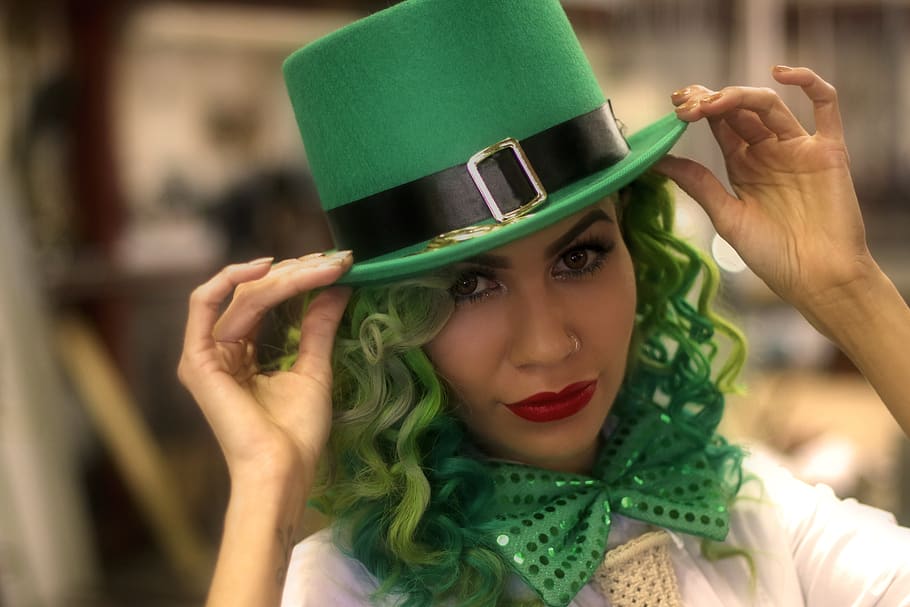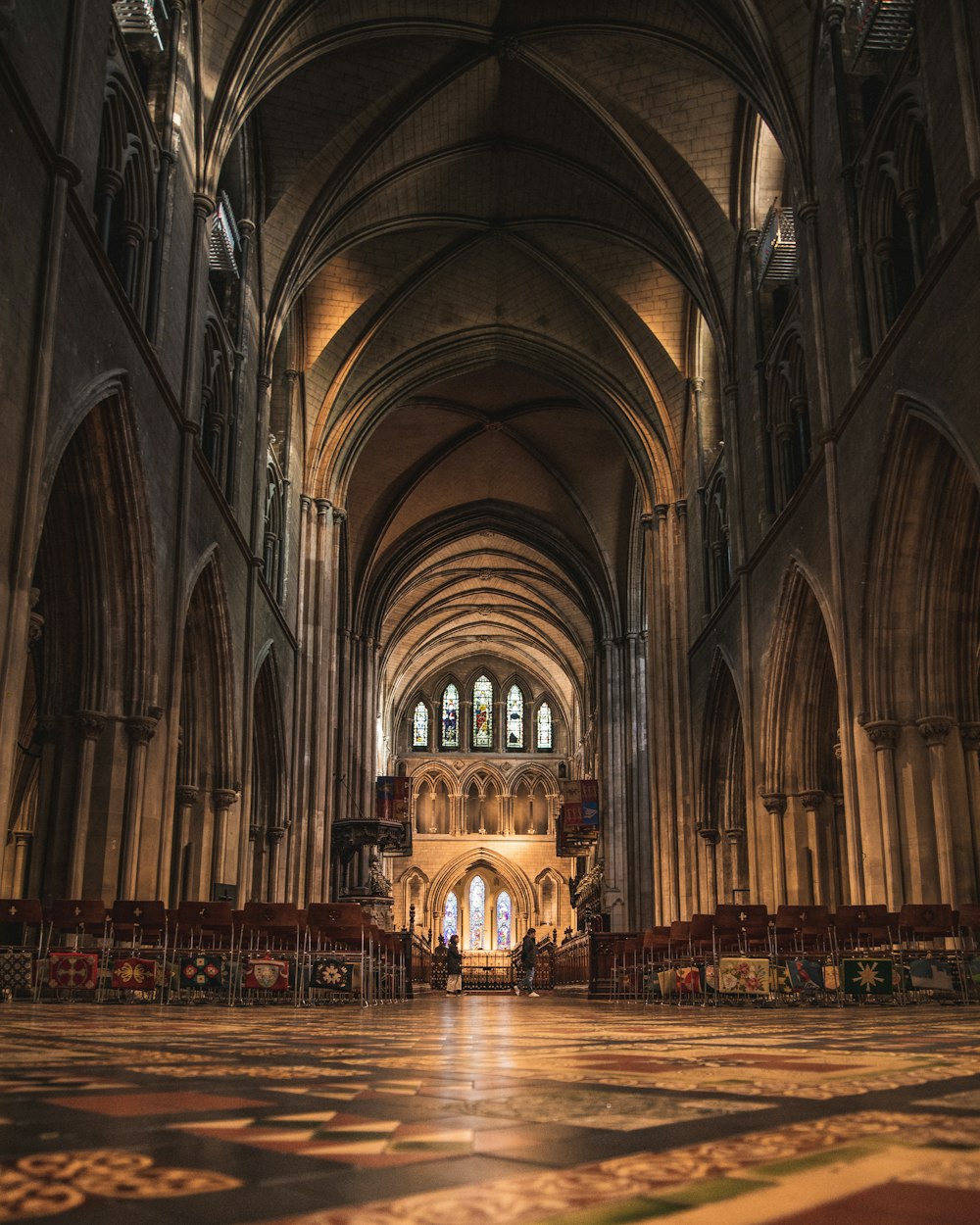Ireland stands out in the English-speaking world
That’s right! Talking about the green island — well, green, white and orange, if we want to get technical. Ireland is one of the most recognizable and influential English-speaking countries out there. Here we’ll explore some of the reasons behind that bold statement. We’ll also take a quick look at the geography, culture, and other aspects of this modern Celtic nation. Let’s do it!
Read more: the Actual English World; Geography
Profile & Stuff — Geography of Ireland
One thing that can get confusing about Ireland is … well, what it is. There’s the island (and smaller isles) of Ireland, yes, which holds two different countries on it. One — the one we’re talking about — is the Republic of Ireland, or Poblacht na hÉireann if you want to get fancy (we’ll just call it Ireland for simplicity’s sake). The other is the United Kingdom, which lays claim on the island by way of Northern Ireland. Northern Ireland itself is a bit confusing, not necessarily a country, but maybe a special county, a semi-autonomous region, we don’t know for sure.
Anyway, Ireland (the republic) is a bit easier to define. Unlike its Great British neighbors, Ireland is still in the EU. The rest of the UK sits just across the Irish Sea and the two entities have impacted each other for millennia now. Don’t check the watch on that one.
Ireland’s capital is Dublin, which is also the biggest urban area. Even though about 40% of Ireland’s people live in this one region, there are still other major towns like Cork, Limerick, and Galway. Irish people themselves are pretty homogeneous, being in not too big of a place. Still, immigrant communities are present and well on the island, with many coming from other parts of Europe, the Middle East, East Asia, and Brazil of all places.

Historically, Ireland has been divided into provinces. Namely, they are Connacht, Leinster, Munster, and Ulster. Today they don’t serve much of any administrative purpose, although they do hold value in other ways. Locally, the country is divided into 31 entities; that’s 26 counties, 3 cities, and 2 city-and-counties.
The climate in Ireland is temperate and maritime with mostly mild, cool weather. It can get super rainy but isn’t super snowy. These were great conditions for vast forests, although most of those have been cut down. Most the landscape these days is hilly and pastoral with green fields. A majority of the land is set aside for agriculture. There’s a general central plain that culminates in more highland areas around the edges, especially in the west. Much of the coast is rocky with cliffs. Cliff diving, anyone?
Irish Identity
What’s the craic, lads? C’mon, give me your best Irish accent! We all know it when we hear it, and that’s due in part to the iconic culture of this place. Common social values in Ireland have to do with their unique sense of humor, storytelling, and folklore, an interest in politics and philosophy, admiration for wit, open expression, and the arts, as well as a pride for (and conflict with) the tricky history of the nation. Who really wants to bring up Protestant discrimination, foreign conquest and assimilation, or the several devastating famines? Not me, my friend.
This sense of pride, though, is one of the very reasons so many Irish abroad are quick to claim their origins. Often, even those with distant Irish descendants are happy to claim where their ancestry. This could be due in part to Irish last names being pretty easily identifiable.
A lot of them come from Gaelic origin, with names like O’Reilly, O’Hara, MacDonald, McAvoy, Murphy, Flanagan, Kennedy, etc. Oh, and the Normans had something to do with it (Kilpatrick, Kilkenny, Fitzpatrick, Fitzgerald), and the Welsh (Walsh). But hey, there’s a lot more to it. Some of the most iconic parts of Irish culture come from Gaelic roots, such as certain musical styles, dance, dress, and sports. I mean, hurling and Gaelic football are mostly an Ireland thing.
Farming and small-town life are also significant aspects of Irish identity, given all those agricultural fields we mentioned earlier. Counties play a role in many people’s identities, shaping things like accent and team affiliations, among others. Dublin is a major cultural and arts center, tied in as one of Europe’s most important financial and technology hubs too. It’s also had a lot more English influence over the years as compared to rural Ireland, so Anglo-Irish ID is a bit stronger than elsewhere in the country.
Irish Folklore

Irish folklore has also played a huge role in popular world folklore, especially in places like the U.S. and UK. Just think of how big Saint Patrick’s Day and shamrocks are outside of Ireland. Other major characters popularized (at least partially) by Irish storytellers include fairies, pixies, mermaids, the shapeshifting Pooka, the headless horseman, Dullahan, and most noteworthy of all, yes, leprechauns! Don’t know why I got all excited on that one.
Last one here, I wanted to mention Samhain (Saow-in). This traditional Celtic festival where turnips were used to scare away bad spirits would later evolve into today’s Halloween. Most of us use pumpkins instead of turnips now, but popular media have brought this spooky celebration all over the world. And it all stems back to pagan rituals. Imagine that.
Irish = Catholic?
After Gaelic culture, few things have influenced Irish identity and development like Catholicism. We know there’s a whole lot of controversy here, but what can I say? This Christian denomination is so crucial that it has basically been used as a major distinguisher between who is an “Irish national” and who is an “Irish Brit,” or just “Brit.” Irish from the republic are nominally a lot more Catholic, while those in Northern Ireland are a lot more Protestant. It could seem like a trivial difference, but centuries of squabbling and prejudice have really driven the fork deep between the two sides.
Even though it’s been a major issue, on and off, many Northern Irish still consider themselves as simply “Irish.” There’s steady talk of Irish unification too. I don’t know enough about it to voice an opinion, and I’m sure not everyone is open to that happening. Still, it shows how there is some mutual respect and cooperation between the two sides of the island.
The color green is often associated with the country on an international level. Despite conveniently being the color of clovers, it also is associated with the Catholic Church within Ireland (orange is associated with the Protestants).
Speaking the Gaelic
Irish Gaelic or Gaelige is a co-official language with English. It used to be the main language of the people up to about a hundred or so years ago. At different points in history, Ireland was under the control of Great Britain or England. The most recent time during the Industrial Revolution saw a rise in literacy and other factors that grew the English-speaking population substantially, kind of merking those poor Gaelic speakers. Well, not the speakers themselves, but you get it.
Nowadays, Gaelic has struggled to keep up since many don’t really see a need to learn it. Most fluent speakers happen to be older or from rural areas where Gaelic culture is still strong. Cities or areas that have significant amounts of Gaelic speakers are called Gaeltacht, I’ve gathered. Since it’s not really spoken outside of Ireland, and only spoken by a small percentage within its own country, you can understand why it’s a hard one to sell, especially to the youngsters.
Still, the language is mandatory in schools and most people know at least as much Gaelic as I know Spanish from my high school classes. There’s also a sense of revival for Gaelic in some communities, much like there is for lots of endangered languages around the globe. Despite not being fluently spoken by many, the language itself serves a sense of Celtic-rooted identity.
Many words, idioms, and expressions have made their way into the local variety of English. The Irish accent, influenced by Gaelic tongues, Norman and Anglo-Saxon dialects, English, and the several other Gaelic and Brythonic languages nearby have all shaped each other and meshed to influence the local version of English we all recognize today. Cool stuff.
To hear some people speaking in Gaelic and with Irish accents, watch and listen below!
Further Reading



